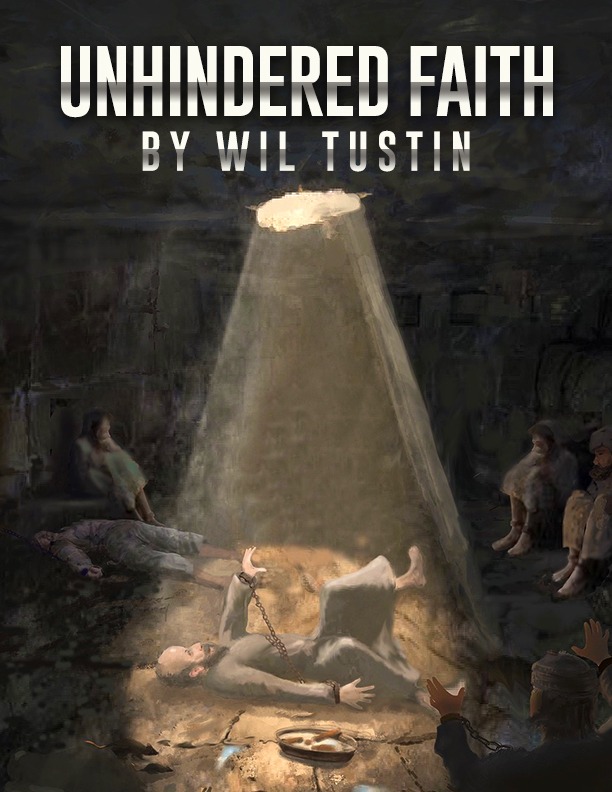Rome in the 1st century was a city of marble and might, a beacon of imperial grandeur sprawling across seven hills. It wasn’t merely a city but the heart of an empire that spanned across three continents. Its streets were a sensory explosion of grandeur and chaos. The gleaming white marble buildings, with their towering columns, epitomized Augustus’s boast of transforming Rome from a city of brick to one of marble. At the center of this splendor lay the Forum Romanum, a masterpiece of urban planning that dwarfs the ambitions of modern architects.
A million people called Rome home, living in a fascinating mix of accommodations. The working class inhabited insulae—precarious multi-story apartments built of wood and concrete—while the wealthy enjoyed sprawling domus adorned with luxuries. The streets buzzed with merchants from across the empire, hawking goods from Syrian silk to Egyptian grain. Aromas of fresh bread mingled with less pleasant odors, painting a vivid picture of a city alive with commerce and culture.
Water flowed through Rome, courtesy of aqueducts like the Aqua Claudia, supplying fountains, baths, and homes. The Baths of Agrippa, Rome’s first public bathhouse, was a marvel of marble and bronze where all classes gathered to clean, socialize, and do business.
The skyline boasted grand temples such as the Temple of Jupiter Optimus Maximus, its gold-tiled roof gleaming in the sun. Though the Pantheon awaited its future grandeur, it already stood as a testament to Roman religious devotion. Construction of the Temple of Venus and Roma was underway, destined to become the city’s largest temple.
Night brought an enchanting glow to the city, with oil lamps lighting streets and homes. The wealthy hosted opulent dinner parties, their frescoed walls illuminated by beeswax candles.
The Circus Maximus could hold 250,000 spectators, roaring with excitement during chariot races. Meanwhile, the Colosseum, under construction, hinted at Rome’s future architectural marvels. Markets thrived, offering goods from fine silks to everyday essentials. Contrary to the white marble imagery, Rome was vibrantly colorful, with painted buildings, statues, and graffiti enlivening its streets.
This golden age of Rome was a city of contrasts—opulent and squalid, structured yet dynamic, modern in spirit. Its legacy endures, shaping the world even today.





